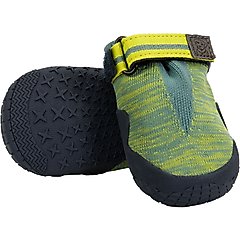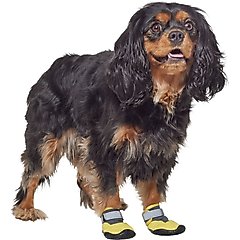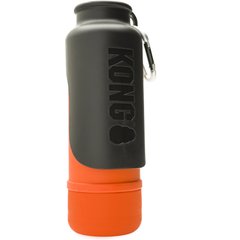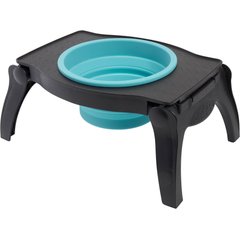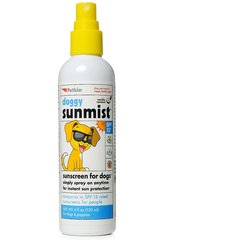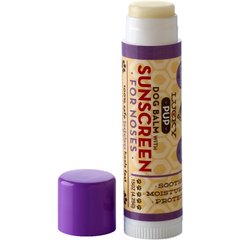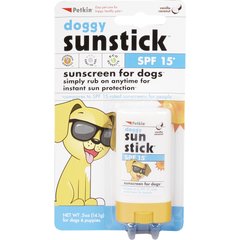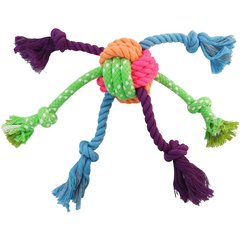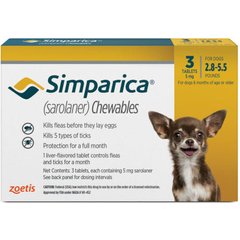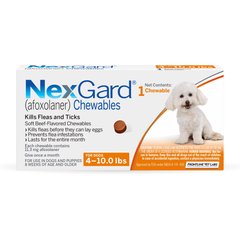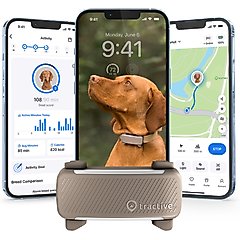10 Tips for Walking Dogs in Hot Weather

Photo by Chewy Studios
As the weather warms up and the days get longer, going for dog walks becomes a favorite pastime. But before you head out, it’s important to take additional steps to ensure a safe summer stroll, especially on particularly hot days.
Whether you’re taking a quick walk around the block, playing with your dog at the park, or exploring the great outdoors, follow these safety tips for walking the dog in the summer.
Key Takeaways
- Avoid walking dogs during the hottest parts of the day—early morning or late evening is best.
- Always check the temperature of asphalt or sand before walks to prevent paw burns.
- Hydration, shade, and sunscreen are essential to prevent heat-related illness.
- Flat-faced, senior, and overweight dogs require extra precautions in hot weather.
When Is It Too Hot To Walk Your Dog?
Just like humans, dogs face health risks in high temperatures. Heat-related illnesses like heatstroke can develop in as little as 30 minutes in dogs. So it’s important to monitor the outdoor conditions before deciding to take your pup on a walk.
Follow these guidelines when considering how hot is too hot for your dog to be outside:
- Higher than 70 F: Limit the duration of walks with your dog and the time they spend outside.
- Between 80–90 F: Give only short, leashed walks.
- 90 F or above: Only go outside for potty breaks.
10 Tips for Walking Dogs in Hot Weather
1. Walk Your Dog at the Right Time
Plan dog walks for the early morning or late evening to avoid the hottest part of the day.
2. Pick Shady Routes
Whether it’s a thickly forested hiking trail or a city sidewalk with tall buildings that block the sun, choose a shaded route for walking your dog when the temperature is high.
3. Check Asphalt Temperature
Check surfaces, such as asphalt and sand, before walking the dog. If it is too hot for your feet, it is too hot for your dog’s paws and should be avoided.
If you need to take your dog out for a quick potty walk in extreme heat, consider putting breathable dog boots on your pup to protect their paws.
Recommended Products
4. Take Frequent Breaks
Now’s not the time to try for your personal best time on your daily route. Plan to take frequent breaks and enjoy the shade and cool grass together.
5. Keep Your Dog Hydrated
Proper hydration is critical for dogs and humans alike, especially during summer weather.
Although some parks are equipped with dog-accessible drinking fountains, play it safe and carry water and a water bowl with you. Offer fresh water to your dog regularly.
Travel dog bowls and portable dog water bottles will come in handy any time you are out walking the dog.
Recommended Products
6. Apply Sunscreen
Dogs need sunscreen, too! Dogs with thin hair as well as pink and exposed skin are prone to sunburn and benefit from sunscreen.
Keep your pup protected by applying a dog sunscreen before heading out for dog walks, and reapply as directed.
Recommended Products
7. Take Shorter Walks
Hot temperatures sometimes mean cutting those long strolls short. But that doesn’t mean less exercise for your pup! Instead, keep your pup active with indoor play like games of fetch, tug, and mentally stimulating challenges like scent work.
Recommended Products
8. Use Flea and Tick Protection
Hot weather also signals the arrival of various pests, including fleas and ticks. Typically found in tall grass and woods, they can quickly turn enjoyable dog walks into uncomfortable outings.
Your veterinarian can recommend the best dog flea and tick medication to use throughout the summer.
Recommended Products
9. Give Flat-Faced Breeds Special Care
Keeping your pup cool and comfortable during dog walks is particularly important for flat-faced breeds, such as French Bulldogs, English Bulldogs, Boxers, and Pugs.
Their shortened muzzles can make breathing and panting more difficult, especially in hot weather, which makes it more challenging for these dogs to stay cool.
- Flat-faced dogs can overheat more easily during walks, so keep the walks short and sweet.
- Overweight or senior dogs need similar care and benefit from shorter dog walks.
- It is helpful to consult with your veterinarian before embarking on a walking routine with your flat-faced, senior, or overweight canine companion.
10. Consider a Dog Activity Tracker
Keeping track of your dog’s activity levels is particularly important during the summer months to avoid overheating. Telltale signs that your dog is overheating are increased panting, drooling, and seeking shade.
A great way to monitor your pet’s activity levels during dog walks is to use an activity monitor with a dog GPS tracker. These devices are designed to monitor your dog’s activity levels and track your dog should they get lost.
Recommended Product
Using trackers with a companion smartphone app enables you to track your pet’s activity in real time during dog walks. Then you can avoid overexerting your dog during hot weather!
